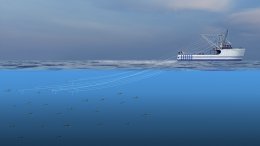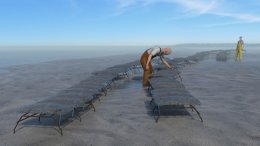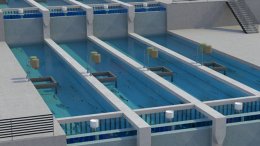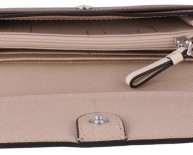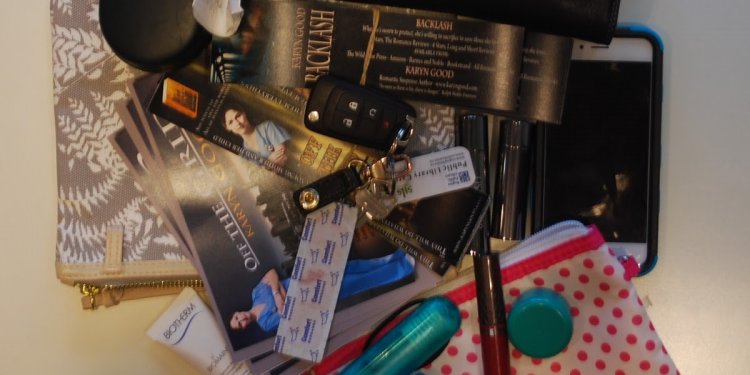
Different Purse Types

Dredge
Dredges are big, metal-framed baskets being dragged throughout the seafloor to collect shellfish like oysters, clams and scallops. So that you can lift the catch to the container, material teeth dig into the seafloor, which could somewhat influence seafloor habitat and bottom-dwelling types. Dredging in addition leads to high levels of bycatch. By restricting dredging places, bycatch and harm to seafloor life is reduced.
Gillnetting
Gillnetting makes use of curtains of netting that are suspended by a method of floats and loads; they can be anchored towards the seafloor or permitted to float during the area. The netting is nearly hidden to fish, so that they swim straight into it. Gill nets can be used to catch sardines, salmon and cod, but could accidentally entangle and kill various other pets, including sharks and sea turtles.
Harpooning
Harpooning is a traditional way for getting big fish—and it is however made use of today by competent fishermen. Whenever a harpooner places a fish, he thrusts or shoots a lengthy aluminum or wood harpoon in to the animal and hauls it aboard. Harpooners get huge, pelagic predators such bluefin tuna and swordfish. Harpooning is an environmentally accountable fishing technique.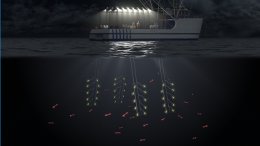 Bycatch of undesired marine life just isn't a concern because harpoon anglers aesthetically identify the species and measurements of the targeted seafood before killing it.
Bycatch of undesired marine life just isn't a concern because harpoon anglers aesthetically identify the species and measurements of the targeted seafood before killing it.
Jig
Jigging is yet another way of hand-catching seafood. A jig is a type of grapnel (or grappling hook) mounted on a line, which can be by hand or mechanically jerked in water to snag the fish. Jigging frequently occurs during the night, aided by light to entice the seafood. This targeted way of fishing has lower levels of bycatch, rendering it an environmentally responsible fishing technique.
Longlining
Longlining employs a main fishing range that will consist of one to 50 kilometers long; this range is strung with smaller lines of baited hooks, dangling at evenly spaced periods. Longlines can be set close to the area to catch pelagic seafood like tuna and swordfish, or set on seafloor to catch deep-dwelling seafood like cod and halibut. Many outlines, but can-hook sea turtles, sharks and seabirds being also attracted to the bait.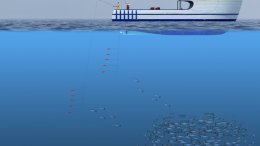 By sinking longlines deeper or utilizing various hooks, anglers decrease the bycatch problem.
By sinking longlines deeper or utilizing various hooks, anglers decrease the bycatch problem.
Midwater Trawl
Midwater trawlers vary in size—from little ships to large factory vessels. Huge manufacturing boats pull gigantic nets through the open sea and certainly will capture a complete school of fish—spanning how big is five soccer fields—at once. These trawls don't affect the seafloor whenever used in the midwater area. Setting these trawls on schooling seafood utilizing streamer lines to scare away seabirds and avoiding areas with a good amount of marine animals might help guarantee low levels of bycatch in midwater trawl fisheries.
Pole/Troll
Pole-and-line fishermen utilize a fishing pole and bait to a target a number of fish ranging from open-ocean swimmers, like tuna and mahi mahi, to bottom-dwellers, like cod. Pole/troll fishing techniques have quite reduced bycatch prices because fishermen catch one seafood at a time and may release unwanted species once they're caught.
 Purse Seining
Purse Seining
Purse seining establishes a large wall of netting to encircle schools of seafood. Fishermen pull the base of the netting closed—like a drawstring purse—to herd seafood in to the center. This technique is used to get schooling seafood, like sardines, or types that gather to spawn, such squid. There are lots of kinds of bag seines and, dependent on used, some can catch various other animals (such as for instance whenever tuna seines tend to be deliberately set on schools of dolphins).
Seine Internet
A seine is a small-meshed internet, suspended vertically into the liquid with floats and loads to enclose and concentrate seafood. Seashore (or haul) seines tend to be dragged throughout the base into shallow-water or on the coastline, either yourself or with energy winches. Danish, Scottish and Japanese seines are generally bigger gears pulled by vessels. They may be implemented over soft sediment, like sand or dirt, once the cloud of sediment assists herd the fish in to the net.
Traps and containers
Traps and containers tend to be submerged wire or wood cages that attract seafood with bait and hold all of them live until fishermen return to carry into the catch. Traps and containers are usually added to the sea base, often to catch lobsters, crabs, shrimp, sablefish and Pacific cod. They often have reduced unintended catch and less seafloor influence than mobile equipment like trawls.
Trolling
This hook-and-line method of fishing tows outlines behind or alongside a watercraft, catching types, particularly salmon, mahi mahi and albacore tuna, that follow a moving appeal or bait. Fishermen can very quickly release undesirable catch from their particular hooks since lines are reeled in after a fish takes the bait. This selective way of fishing leads to really low bycatch amounts.
